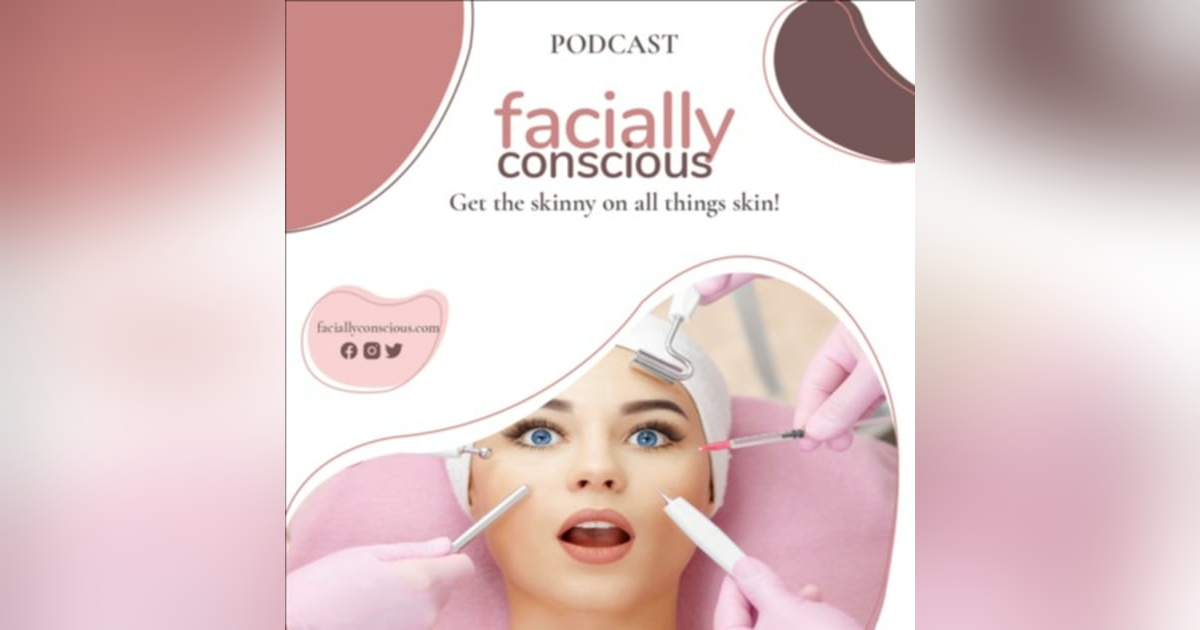How Does Diet Effect Acne?

High-glycemic index foods such as simple carbohydrates, including white flour and processed sugars, are thought to contribute to acne by elevating serum insulin concentrations, which may stimulate sebocyte and sebum production and raise the concentration of circulating androgens in the blood. Foods commonly believed to increase breakouts fall within the high-glycemic index, including pizza (white flour), chocolate (sugar), tacos (flour tortillas), milk (lactose) and soda (sugar) along with foods in the fast or junk food category.
Low-glycemic foods don’t trigger breakouts but they can take up to 8 weeks or longer to see a decrease in acne once added to the diet. Low-glycemic foods include fiber-rich vegetables, oatmeal and beans. Nuts, seeds and their oils are not only low-glycemic but they contribute omega-6 to reduce ‘sticky’ sebum that can start breakouts. These include almonds, walnuts, safflower and sunflower seeds, avocados and tofu.
To convert omega-6 into its anti-inflammatory form, add magnesium, zinc (oysters), and vitamins C, B3 and B6.
When applied topically, niacinamide, a form of B3, zinc, magnesium and oils rich in omega-6 can help reduce or even prevent breakouts.








